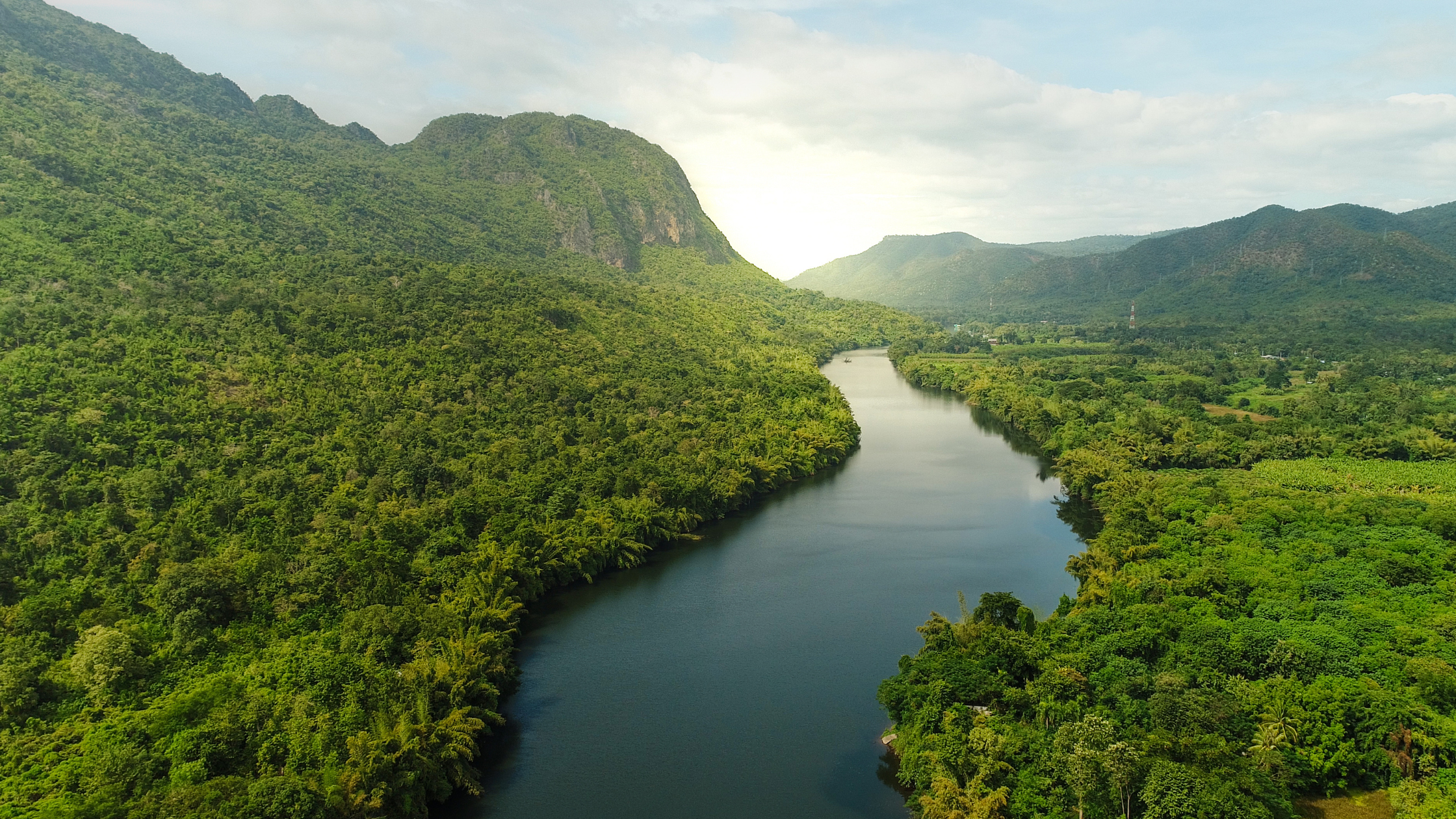COP 28: Expectations vs Reality
As we reach the end of 2023; it’s crucial to reflect on the significant milestones – and missed opportunities – in the context of global development. Among these, COP 28 stands out as a landmark event, hailed as potentially the largest in the history of climate conferences, and successfully hosted by the UAE. As a partner to numerous international development organisations, SRI Executive reflects on the expectations vs reality from COP28.
COP28 represented a pivotal opportunity to secure global aspirations of maintaining the 1.5-degree Celsius warming limit. The primary focus was the implementation of a Global Stocktake (GST), a thorough evaluation of the world's progress in combating climate change and identifying additional measures required to achieve climate goals. The Paris Agreement mandates the GST as a recurring assessment, with the initial one scheduled for 2023 and subsequent evaluations every five years thereafter.
Key Discussions and Outcomes:
- Loss and Damage Fund: COP28 saw a landmark agreement to create a fund to support and rehabilitate vulnerable nations facing the severe impact of climate change. The initial pledges made in Dubai, mostly from developed nations, to support the fund total over $650 million currently.
- Fossil Fuels and Clean Energy: One of the most closely examined and followed documents at COP28 was Global Stocktake due to intense resistance initially for diluted language regarding emissions and fossil fuels. As a result, it acknowledges the realistic projections (peak global emissions occurring between 2020 and 2025), urges nations to undertake a range of measures and explicitly states steps to achieve net zero by 2050.
- Adaptation: Continued efforts are being made to enhance adaptative capacity and reduce vulnerability to climate change. While the Global Goal on Adaptation framework saw some time-bound targets and established policy processes, it did not match the expectations of well-defined targets, measuring tools, and financing architecture in COP28.
- Climate Finance Target: By adopting a new climate finance goal called the New Collective Qualitative Goal (NCQG), most finance items are put onto COP29. While reflecting on financial progress and comparing it to future needs, it was acknowledged that countries failed to meet the $100 Billion goal in 2021. The decision on the Global Stocktake emphasised the significance of restructuring the multilateral financial framework, encompassing entities such as multilateral development banks, institutional investors, and other financial stakeholders.
Beyond the structured climate negotiations, fresh commitments emerged aimed at curbing methane emissions, fostering sustainable food systems, and preserving forests. Emphasis was placed on engaging local partners, including cities and subnational actors, to bolster and drive climate action initiatives.
Overall, COP28 achieved significant milestones by securing agreements on loss and damage and a distinct commitment to "transition away from fossil fuels in energy systems". However, despite these accomplishments, the urgency of the present reality, particularly amidst the hottest recorded year, necessitates more substantial action. While this year’s progress was viewed as positive, it fell short of addressing the pressing urgency. The forthcoming climate summit in Azerbaijan (COP29) must provide breakthroughs on fundamental finance-related questions pivotal to accelerating our response to the climate crisis.


